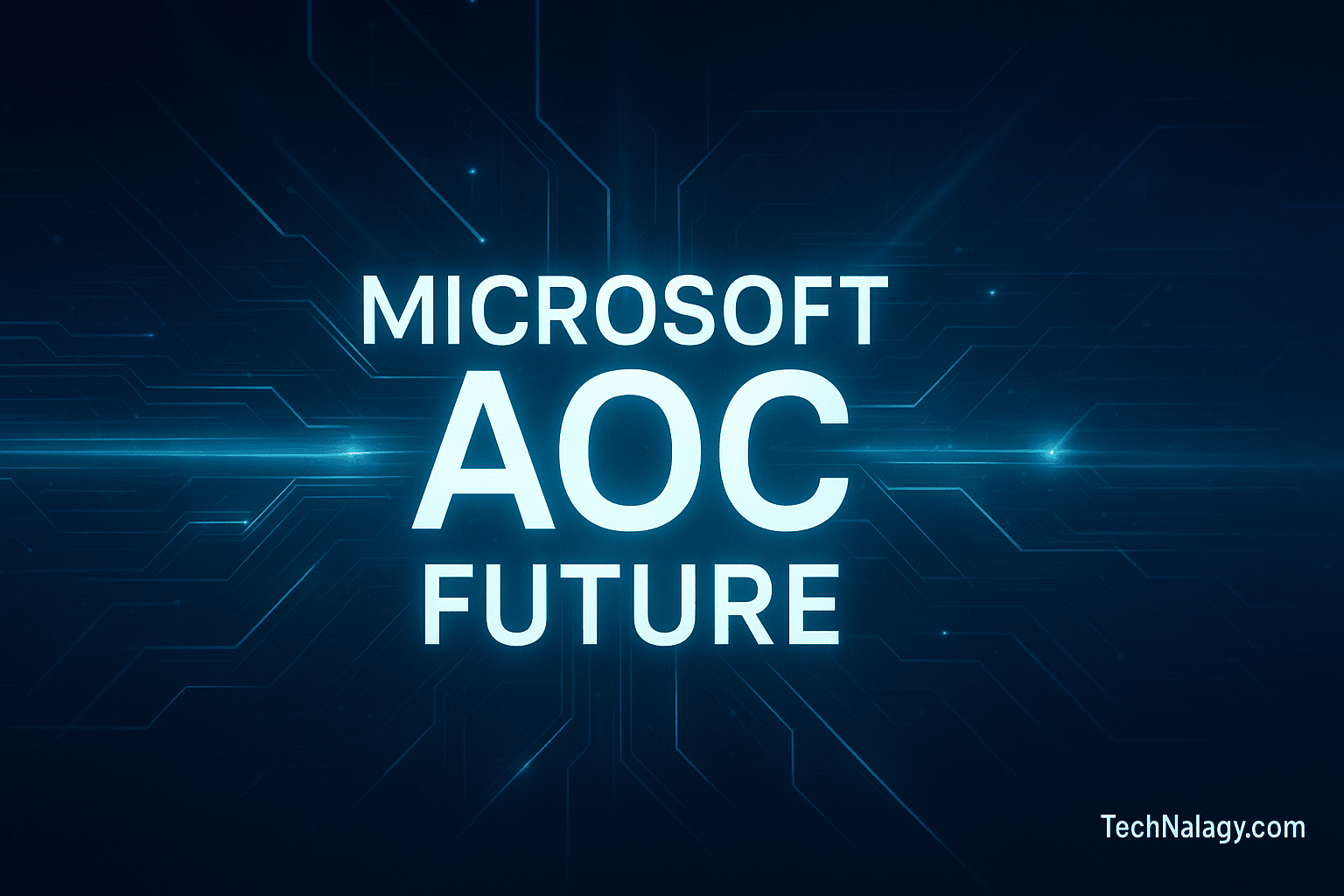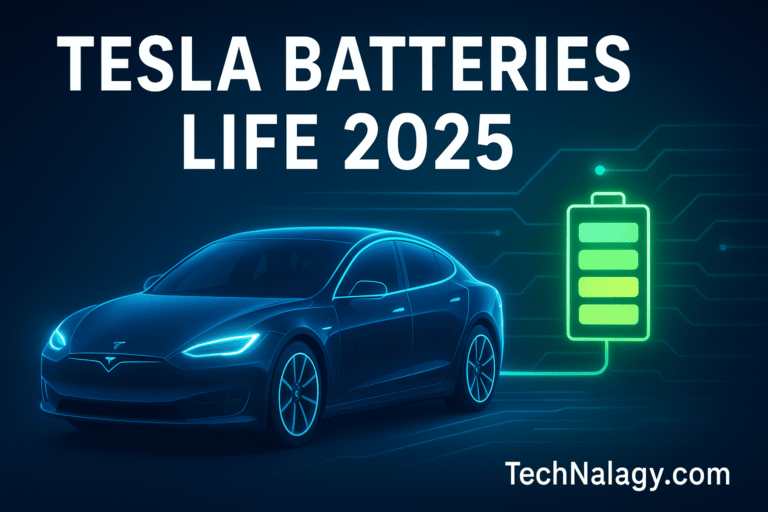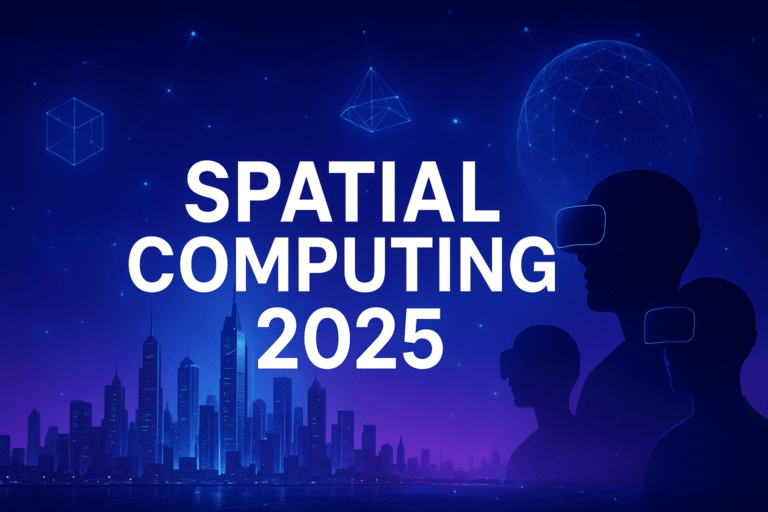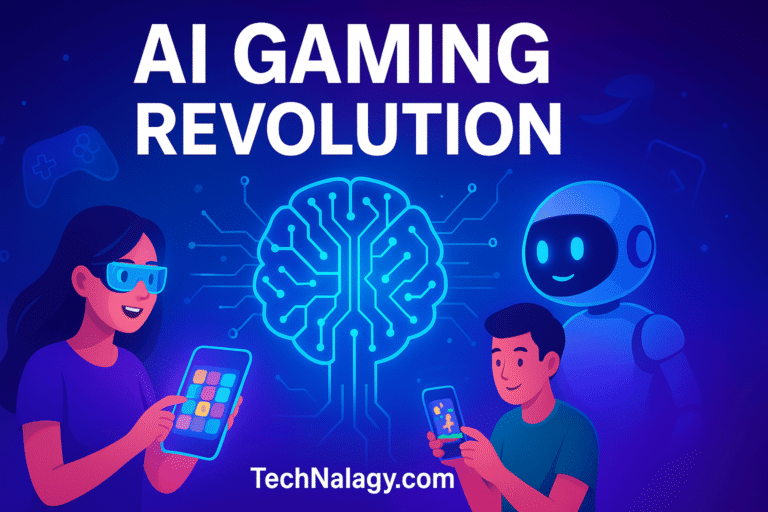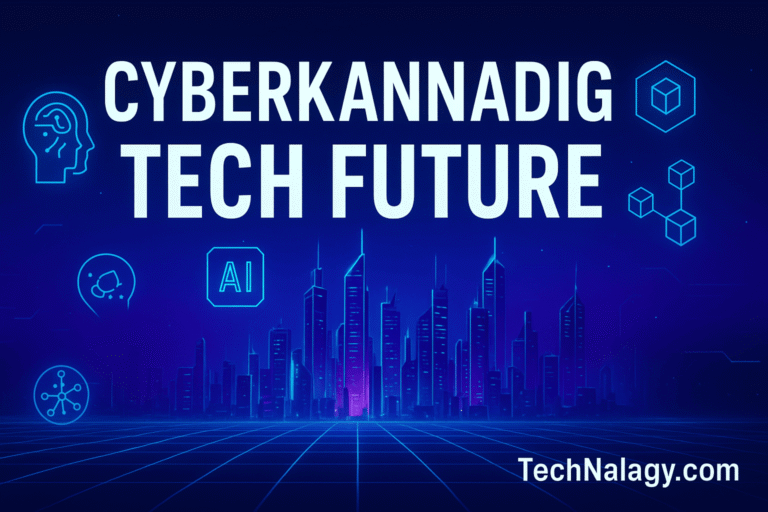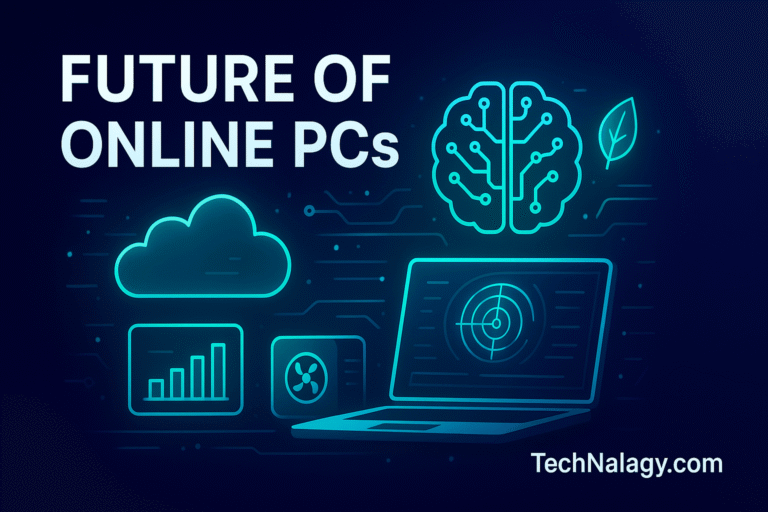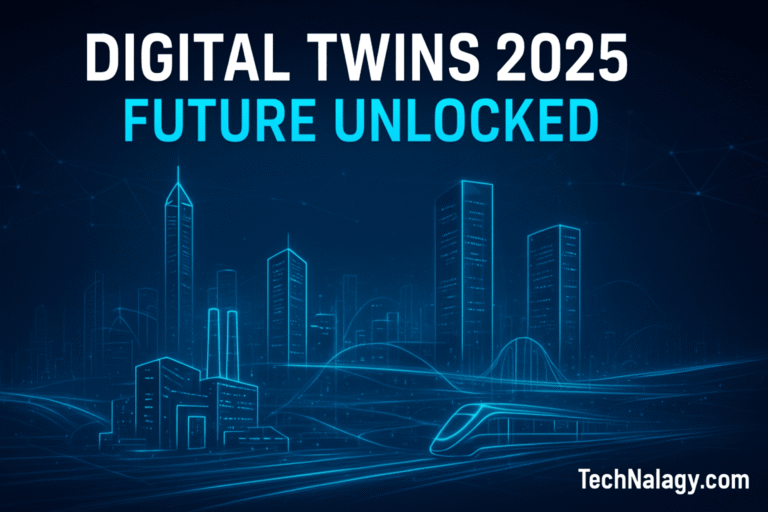Microsoft AOC Explained: Everything You Need to Know in 2025
Technology in 2025 is evolving at a rapid pace, and companies are looking for smarter, faster, and greener ways to power complex computing tasks. One of the most intriguing innovations is Microsoft AOC. Designed to rethink how we process data, AOC (Analog Optical Computer) blends light-based computing with analog architecture, promising huge gains in efficiency and speed.
In this guide, you’ll learn exactly what Microsoft AOC is, why it matters, how it works, and what you need to know before it becomes part of mainstream enterprise technology.
Table of Contents
What Is Microsoft AOC?
Microsoft AOC stands for Analog Optical Computer—a research project from Microsoft that explores how optical signals and analog hardware can accelerate calculations. Instead of relying solely on digital circuits, AOC uses beams of light and analog operations to solve optimization and AI inference problems with remarkable energy efficiency.
Microsoft Research has positioned AOC as a way to meet the demand for sustainable computing while tackling workloads that strain traditional CPUs and GPUs. According to Microsoft’s official research page, AOC can potentially deliver up to 100× better energy efficiency on specific tasks compared to existing hardware.
Core Features of Microsoft AOC
Hybrid Analog–Optical Architecture
AOC fuses analog circuitry with light-based components such as micro-LED arrays, modulators, and sensors. These pieces work together to carry out large matrix operations in parallel—something optical systems handle naturally.
AI-Powered Optimization
The system is especially good at problems that involve choosing the “best” answer from many possibilities. This includes financial portfolio balancing, route optimization, and other complex decision-making tasks.
Digital Twin Support
Microsoft created a digital twin for AOC, allowing developers to simulate workloads before running them on real hardware. This makes it easier to test algorithms and plan deployments.
💡 Related: For insight into how automation workflows connect with emerging hardware, check out AI Workflow Automation Tools Explained.
Benefits of Microsoft AOC in 2025
- Energy efficiency: By offloading heavy computations to light-based circuits, AOC dramatically reduces power use—an important factor as data centers seek to cut carbon emissions.
- Speed for targeted tasks: AI inference and optimization problems can run faster than on GPUs.
- Scalability: Components such as micro-LEDs and optical sensors are becoming cheaper, opening the door for AOC to grow beyond prototypes.
- Support for sustainability goals: AOC helps organizations align AI strategies with environmental commitments.
How Microsoft AOC Works
At its heart, AOC relies on the physics of light. When beams pass through optical elements, they naturally add or multiply in parallel—perfect for large matrix calculations. Analog electronics handle parts of the workflow where precision or non-linear responses are required.
This hybrid design reduces the data movement bottlenecks common in traditional architectures. Computation happens closer to the data source, which minimizes latency and energy waste.
📌 Learn how productivity tools like Copilot complement hardware breakthroughs: Microsoft Copilot Productivity 2025.
Use Cases and Examples
- Financial optimization: Microsoft partnered with Barclays to experiment with securities settlement problems using AOC simulations.
- Healthcare imaging: Researchers have tested AOC for MRI reconstruction, potentially cutting scan times without sacrificing clarity.
- AI inference: Early prototypes have handled image recognition tasks such as MNIST classification, proving the hardware can support real-world workloads.
Microsoft AOC vs Other Technologies
| Technology | Strengths | Where AOC Stands Out |
|---|---|---|
| CPUs & GPUs | Mature ecosystem, high precision | AOC wins on efficiency for specific tasks |
| Quantum computing | Great for certain optimization models | AOC is simpler to deploy today |
| Custom ASICs | Excellent for fixed algorithms | AOC offers more flexibility and optical parallelism |
Challenges and Considerations
While exciting, AOC is not a silver bullet:
- Still in research: Commercial availability is limited.
- Precision trade-offs: Some workloads demand floating-point accuracy beyond analog limits.
- Integration complexity: Developers need to map algorithms carefully and learn new toolchains.
Organizations interested in AOC should start by evaluating workloads that align with its strengths and experiment with Microsoft’s digital twin tools.
Microsoft AOC and the Future of Tech
AOC fits naturally into broader innovation themes:
- Green AI: Energy-efficient computing is critical for sustainable growth.
- Emerging paradigms: Alongside quantum and neuromorphic chips, optical analog computing represents a fresh approach.
- Hybrid AI systems: Expect tighter integration between analog hardware, cloud services, and software like Copilot.
For more context on where AOC sits among new trends, see Emerging Tech Trends 2025.
Best Practices for Early Adopters
- Identify suitable workloads: Optimization, inference, and modeling tasks are the best starting points.
- Leverage simulations: Use the AOC digital twin to validate algorithms before deploying.
- Collaborate with experts: Partner with researchers or Microsoft engineers to fine-tune adoption strategies.
- Combine with workflow automation: Bridge AOC’s power with automation tools for even greater efficiency.
Conclusion
Microsoft AOC is more than just another research project—it’s a glimpse at a future where computing is faster, greener, and more specialized. Although it’s still maturing, its potential to revolutionize AI inference and optimization is undeniable.
By monitoring developments, testing workloads on AOC’s digital twin, and aligning strategies with complementary tools, businesses can prepare for the next wave of sustainable, high-performance computing.
🌐 For official updates and technical details, visit Microsoft’s research page on AOC.

Kamran Khatri is the founder of technalagy.com, where he shares insights on AI, future tech, gadgets, smart homes, and the latest tech news. Passionate about making innovation simple and accessible, he writes guides, reviews, and opinions that help readers stay ahead in the digital world.

